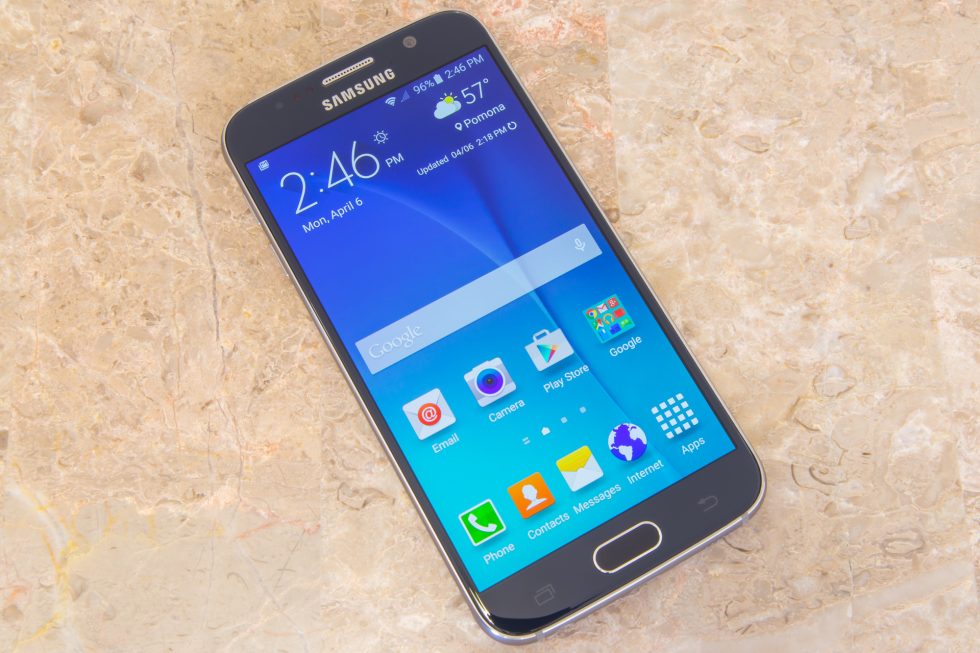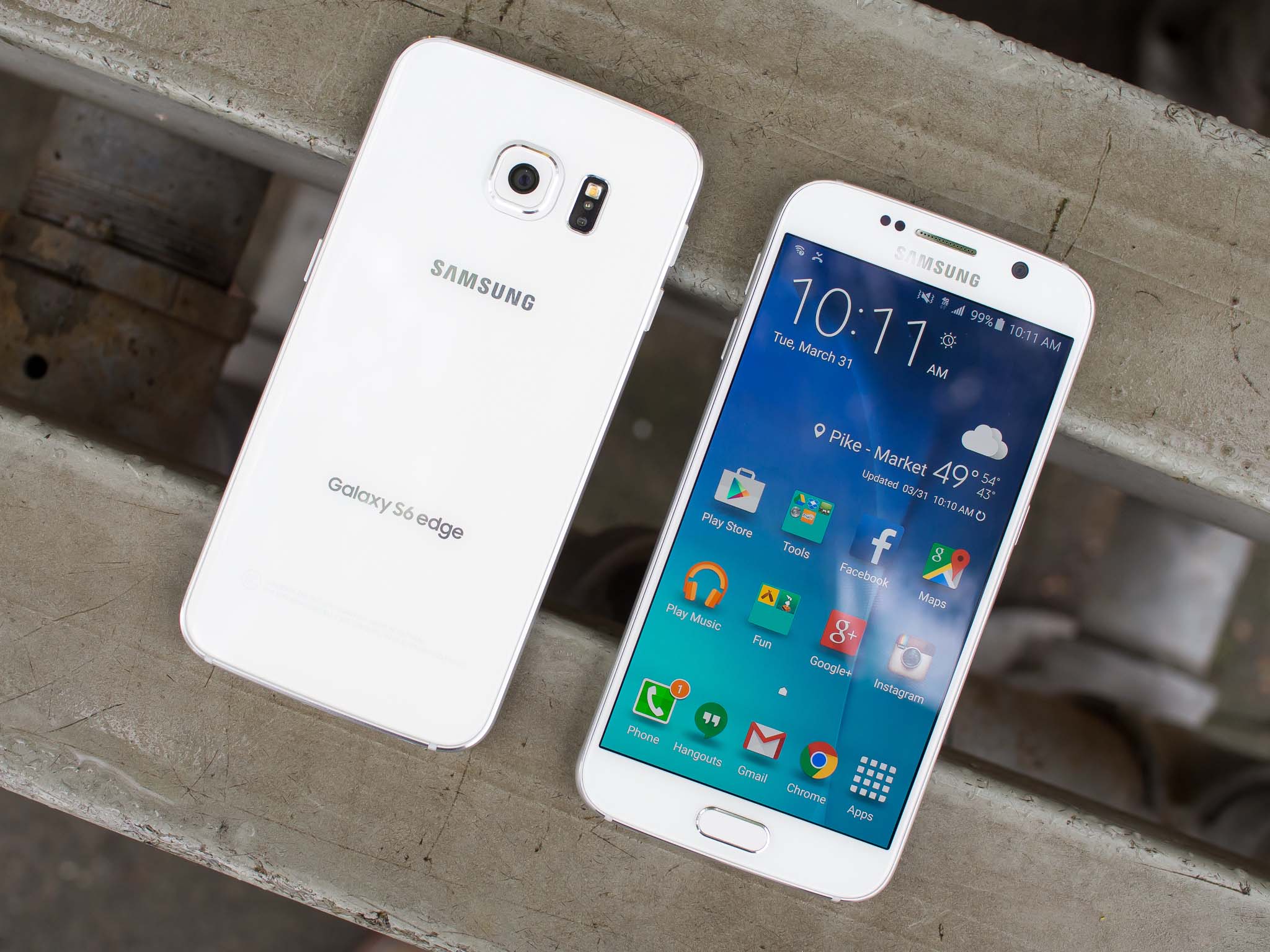
Dongle. Just the word gives you feelings of joy. Small dongle streaming sticks have revolutionized the streaming device industry. With Google’s Chromecast, Amazon’s FireStick, and Roku’s…Stick; you have a variety of options to choose from. The Roku Stick may be the most expensive of the dongles on the market, but that premium comes with “endless possibilities.” Hopefully our review will help you make a decision on what streaming dongle is right for you.
Streaming Options
Let’s start with the Roku Stick’s greatest strengths, and that is its streaming options. The Roku Stick has more available streaming content than you have hours left to live in your life. (Assuming you’re not pre-fetus that is.) The device has over 1,500 channels with nearly every heavy hitter on the list. Yes, it has Netflix. Yes, it has Hulu Plus. And yes, it even has Amazon Instant Video. (That’s more than the Chromecast can say.) I could list every app out for you and make this review a long enough to wrap the planet, or I could just provide you a link so that you can look to make sure your desired app is available. Click here to see all streaming channels. Needless to say, if you’re wondering if it has an app for the service you want to watch, it likely does.
As you begin going through the giant list of free apps, the one downside is that a number of the apps require that you enter your cable or satellite subscription information. If you’re anything like me, you might feel as if that defeats the purpose of cutting the cord and picking up a Roku Stick. There are a number of free channels but most of the ones that are worth your time are going to either cost you a monthly subscription (such as Netflix or Hulu) or require that you have a cable subscription (Such as Disney or ABC.) Even if they aren’t all free, the fact that so many channels are available is a great benefit.
One of the streaming channels I want to highlight is the Roku Media Player App. This app will allow you to stream content from computers on your network to your TV. Anyone that has a large hard drive full of (presumably legal) movies will love this feature. In my testing, the services works flawlessly. The most challenging part is getting your computer setup to share your media folders. (Windows challenge not Roku.) Once that’s setup, the Roku Stick picks up on the media immediately and streams it just as well as any of the other streaming media channel.
You can also cast video from your phone in a manner very similar to the Chromecast. Simply open the app, tap the same icon you want to stream to any other media player, and select the Roku Stick. However, you must have the associated app downloaded and installed on the Roku Stick before you can cast from your phone. While it doesn’t take long, it is less convenient than the Chromecast’s ability to just select a video and beam it to the screen without having to deal with the hassle of downloading apps. The Roku Stick won’t even pop up as an option on your phone unless the channel is downloaded and installed on the Roku Stick.
While not perfect, the Roku Stick has a TON of streaming channels, a flawless DLNA media streaming app, and the ability to cast media from your phone. Many of the “Free” apps do require a subscription, and the cast from your phone isn’t as convenient as competitors. However overall, the Roku Stick nails streaming options. Streaming Options – 95/100
Design and Utility
The Roku Stick can be summed up in one word: functional. Roku didn’t spend a ton of money designing the stick to look nice. It’s more than likely going to stay out of sight behind your TV. It is slightly longer than the Chromecast but thinner than the Chromecast’s wide rounded area.
The biggest design flaw with streaming dongles in general is caused by a current technical limitation. Most standard HDMI ports do not supply power to devices. As a result, you have to plug the dongle into a power source. What looks extremely clean and minimalistic in commercials becomes cluttered with a dangling cord down to your outlet. Many televisions have a USB port that provides power which can remedy the problem. Power over HDMI is on the rise (likely thanks to streaming dongles), so hopefully the next iteration of the Roku Stick will be powered by HDMI. We will see.
Streaming options aside, another competitive advantage that the Roku Stick has over the Chromecast is a dedicated remote and its own interface. (Amazon FireStick also has a dedicated remote.) This means buying a Roku Stick for your grandma who is still trying to figure out how to use that Motorola Razr, can benefit from streaming media. (Assuming she can figure out the difference between the 1500+ channels.) This also makes it a much better choice than the Chromecast for families with kids. Instead of having to provide a tablet, kid cell phones, or other connected device to allow your kids to stream media, the remote allows it to be a standalone device.
The remote connects via bluetooth so you don’t have to worry about installing a mirror above your TV. I did run into some pairing issues with the remote when I did a factory reset of the device. While all instructions say that it will connect automatically, it simply wouldn’t connect. It wasn’t until I started fidgeting around with the device that I noticed a small button under the battery cover that re-pairs the remote with the dongle. I thought the Roku Stick was toast for a few minutes until I found that button. (Thank goodness for hidden buttons.)
The small form factor is extremely nice for moving from room to room. You would think it would be a great device for bringing with you while traveling due to its size. However, most hotels require you to authenticate your room using a web browser and the Roku Stick does not have a browser to enable you to authenticate. If you look on Roku’s blog, they recommend you bring a travel router to share your internet connect with the Roku Stick. While not rocket science, it’s also not a super simple process for Joe Schmo to share his internet connection and clone his MAC address. Most people don’t even know what a MAC address is, let alone the process for sharing internet from your laptop to a router for wireless sharing with a Roku Stick. This is one area where the Amazon Firestick pulls ahead in that it offers the capability to sign into hotel wi-fi using the built-in browser. Hopefully, Roku will address this with a software update in the future as it is a serious omission.
From a design perspective, the Roku Stick sticks out (pun intended) due to its dedicated remote and small form factor. It did fall short in simple remote pairing, hotel wi-fi use, and the clutter of power wires. (Though the last one is an inherent flaw to all current streaming dongles due to a technical limitation.)Design – 80/100
Specs and User Interface

The Roku Stick is able to output via HDMI and supports up to 1080P. (Sorry you 4k lovers.) While Roku doesn’t share the power of the processor or the amount of RAM on the device, it is not likely the powerhouse of Amazon’s dual core processor and 1 GB of on-board ram.
While I wouldn’t classify the interface as sluggish, it definitely is not zippy either. It is about on par with what we have come to expect with cable and satellite controls. You’re not getting twitch-shooter like response times, but also don’t feel like you’re dragging a tortoise across the room. It is definitely manageable. If you’re looking for speed, the Roku 3 is supposedly 5 times faster. We have not yet tested the Roku 3 yet to verify such claims.
Overall, the user interface is functional and it is still a nice addition to the lack of a user interface on Google’s Chromecast. From a speed perspective, the only thing that stuck out to me during use was how long it took to boot up Netflix. From the time that I clicked the Netflix icon to the time I was able to start a movie, it took almost 2 minutes. While that may not seem like a long time, when you’re waiting for a screen to load, it is an eternity. This is not entirely Roku’s fault as Netflix could definitely work to better optimize their app, but for you impatient Netflix viewers out there, this could be a deal-breaker. All of the other apps that we tested loaded and ran at acceptable rates.
The setup process for the Roku Stick is extremely simple. Simply plug it in, connect to your wi-fi, choose your channels, and you’re ready to stream. No complicated menus, no fuss, just streaming.
The device supports dual-band wi-fi including a/b/g/n protocols. This means if you have a more advanced router capable of higher speeds, you can leverage your bandwidth for a higher quality streaming experience. While it doesn’t offer compatibility with the latest wireless protocol, 802.11ac, you don’t likely need those speeds as you’re not streaming in 4K yet. (The time will come!) The device also supports Dolby 7.1 and 5.1 surround pass through.
From a specs and user interface perspective, the Roku Stick is functional. While not the most zippy of user-interfaces, it’s better than not having a user-interface as all. Netflix takes a while to load. The setup process is extremely simple and the device supports most wireless protocol and Dolby Surround sound options. Specs and Performance – 83/100
Conclusion
In conclusion, the Roku Stick is an incredible offer. For only $50 you get access to 1,500+ channels loaded with content. While not all of it is free, you have a number of free and paid options to choose from. The device isn’t the most powerful dongle on the market nor the best from a design perspective, however the Roku Stick provides significantly more streaming options than its competitors for only $10-15 dollars more. If you’re looking for a streaming stick for all of your entertainment needs, the Roku Stick is the one to choose. Ready to buy one? Here’s a quick link to Amazon.Overall – 86/100













































